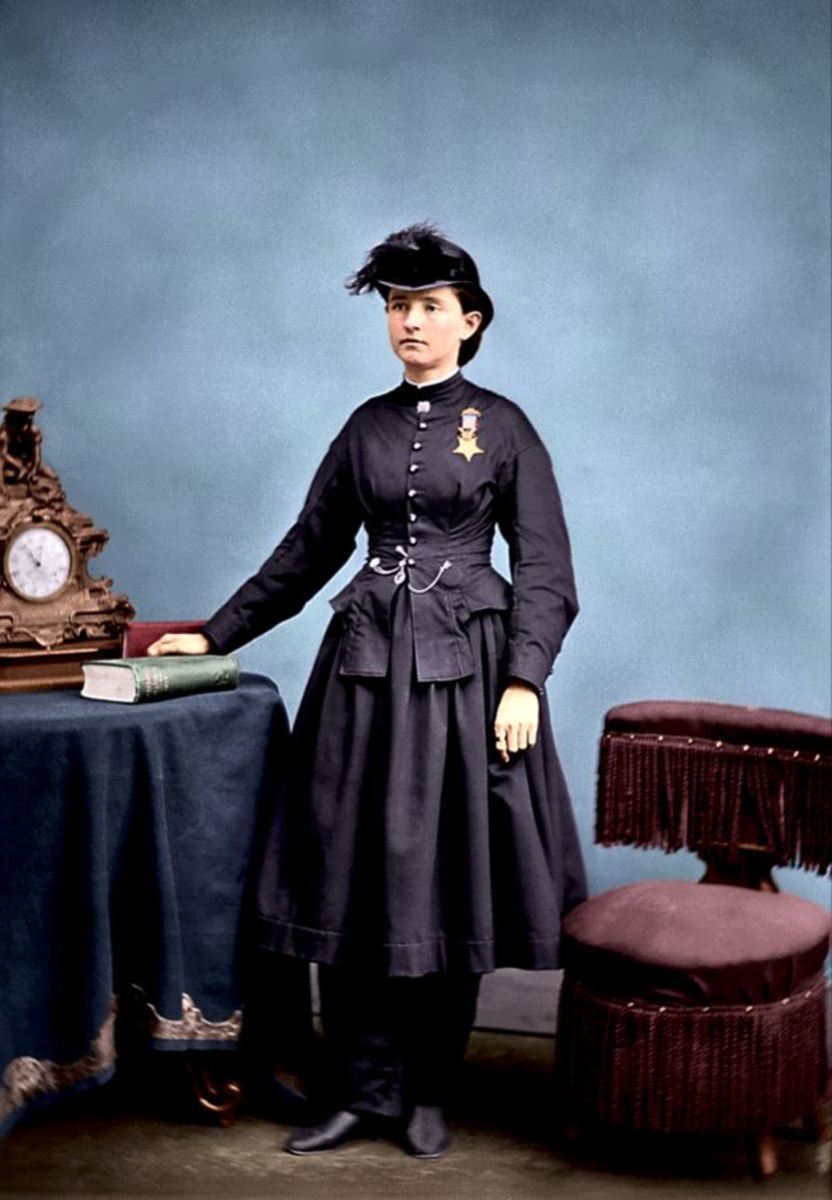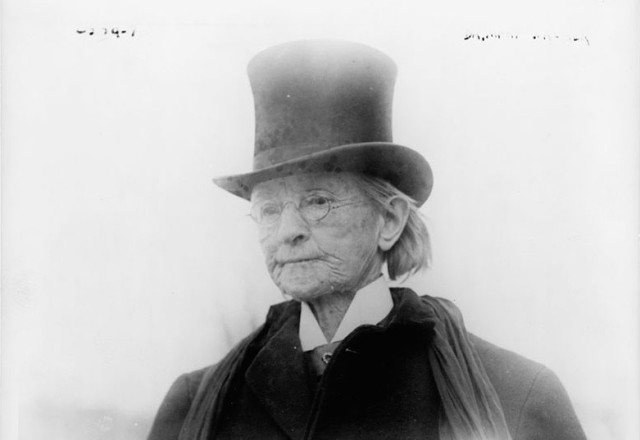Slavery, along with systemic racism, is an ongoing worldwide issue, even in 2023. One of our new Kaleidoscope committee members, Todd Phillips, has decided to write about a historical figure from the United States whom we believe has had a great impact on the abolition movement and who also advocated for women’s and early-stage LGBTQ+ rights: Dr Mary Edwards Walker.
In 1833 the Abolition of Slavery (including the extensions of the East India Trading Company) passed within the United Kingdom. There is only a rough estimation of how many slaves were transported from the UK, it’s estimated around 3.1 million (2.7 million only survived the trip). It wasn’t until January 1865, that the United States of America passed the thirteenth amendment; abolishing Slavery or involuntary servitude (except as an act of punishment).
August 23rd marks ‘International Day for the Remembrance of the Slave Trade’. UNESCO (The United Nations Educational, Scientific and Cultural Organization) decided to mark this date for an event that occurred 232 years ago. It is known as the Haitian Revolution, the largest slave revolution recorded since Spartacus’s defeat against the Romans nearly 2000 years earlier. The revolution lasted over 12 years and succeeded not only in ending slavery within the country but also claimed back colonies from French Control. This then lead to the beginning of abolishing slavery, starting in France which was completed by October 31st.

Dr Mary Edwards Walker was born on 26th November 1832, into a large family, with five sisters and one brother. Born and raised on a farm, her parents shared the work roles, and these were not defined by gender. Due to having more daughters than sons, they saw it as illogical that a woman could not do the same work as a man around the farm. They even allowed her to wear her own choice of clothing, as women’s clothing restricted her from doing the work she was required to do.
Mary taught at a primary school in New York, which helped fund her education. She was frequently ridiculed for her outfits, but was quoted as saying “I don’t wear men’s clothes; I wear my own clothes.” In 1855, at the age of 23, Mary graduated as a medical doctor, where she had been the only woman in the classroom. 1855 also saw Mary wed, where she continued to defy social norms, by choosing trousers over a full skirt. She also retained her maiden name, which was unheard of for the era. Alongside her husband, Mary set up her general practice within New York, but due to female physicians not having the same trust or respect as men, the business unfortunately dwindled. Sadly, Mary then divorced her husband due to infidelity, and she never married again.
Having grown up in a family who were for the abolition of slavery, New York was the place to be. Most of the state was opposed to slavery and banned it within the city. 1861 saw Mary enlist in the army but was rejected as she was unable to practice as a doctor. She was offered a role as a nurse but declined and volunteered with the Union Army as a surgeon. Due to there being no female surgeons in the army, this limited her profession and she was only allowed to work as a nurse. Because of the limited rights for women, other women who signed up to join the US Army had to disguise themselves as men. As a suffragette, Mary fought for these people to be recognised and have their accomplishments and bravery seen. She once again refused to wear the women’s clothing she was given stating men’s uniform was easier for work. Nearing the end of the war in April 1864, Mary was captured whilst she was helping a Confederate surgeon during an amputation and taken as a prisoner of war. She was branded as a spy and once again refused to wear the clothes provided. She was eventually released in August of the same year as part of a prisoner exchange.
She was awarded the Medal of Honour in November 1865, for her bravery and for her efforts to treat the wounded in battle across enemy lines. Shamefully, they tried to have this removed two years before Mary died for being of civilian status as she was never commissioned as an officer. She refused to return the badge and wore it until the day she died, February 12th, 1919. It wouldn’t be until 1977, that President Jimmy Carter restored the honour due to the efforts of her family.

An abolitionist, feminist, and believer in fair pay and equal rights; Dr Mary Edwards Walker is a lesser-known great achiever. In 8 decades, she gained many achievements and was constantly challenged for her beliefs and appearance. She was denied the right to vote and become a politician several times and was even asked to return her Medal of Honour. Let us not forget all those who fought for the abolition of slavery, and today we must continue to build a better future for generations to come.
Respond
